In vitro fertilization hasn’t overtaken conventional flushing as a way to quickly improve herd genetics, but it is improving
In vitro fertilization in cattle is becoming more viable for purebred beef producers as knowledge of genetics improves and costs come down. Several veterinary practitioners in Alberta and British Columbia offer the service, as do many in the United States. As well, there are mobile units that provide IVF on the farm. Now IVF is […] Read moreStories by Barb Glen
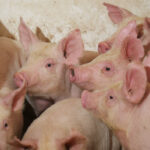
Loose sow housing plans delayed
Plans to convert all Canadian hog barns to loose sow housing by 2024 will be delayed to 2029 if recommended amendments to the pig code of practice are approved. Many hog producers cannot meet the previous deadline due to complexity of converting older barns, cost, financing difficulties, larger space requirements and projected lower productivity during […] Read more

Charges withdrawn against farmers
Charges have been withdrawn against two Sundre-area farmers that stemmed from a tractor and check stop incident that occurred near Didsbury, Alta., in late July. Jeremia Leussink had been charged with resisting arrest and refusing to provide a breath sample. His brother, Dominic, had been charged with two counts of obstruction, with a third charge […] Read more
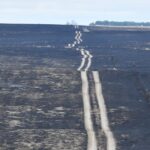
Controlled burns planned for Suffield
Planned grass fires will occur Oct. 3-17 on Canadian Forces Base Suffield, north of Medicine Hat, in efforts to reduce grassy overgrowth in the northern part of the base. The Department of National Defence issued a notice Oct. 1 warning area residents about controlled burn plans in case they observe the smoke and see emergency […] Read more

Taking steps in the fall will help prepare trees for winter
Slow, deep watering, wood chips and minor pruning are key to ensuring survival during the cold weather to come
The blazing yellows and reds of autumn leaves can be a joy to behold but can also serve as notice to undertake tree care before winter sets in. Water, wood chip placement and minor pruning are the top three things tree expert Toso Bozic recommends to help trees survive the winter. Bozic, a certified arborist, […] Read more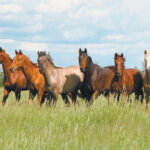
Increased awareness of equine code sought
Surveys show low use and awareness among horse owners about Code of Practice for the Care and Handling of Equines
Some horses are used to herd cattle. Some do trail riding, show jumping or dressage. Some are ridden for pleasure, others for rodeos and still others are pasture prowlers that see little use. Diversity within the equine realm makes it difficult to efficiently provide information to all owners, but the Horse Welfare Alliance of Canada […] Read more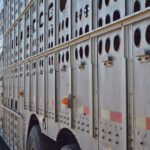
Livestock carriers deal with new certification
Canadian livestock transport regulations require commercial carriers to be trained, and have proof of training, in the humane handling and shipping of livestock. One avenue for that training is the Canadian Livestock Transport (CLT) certification program, which as of July is managed by the National Farmed Animal Health and Welfare Council (NFAHWC). The CLT was […] Read more
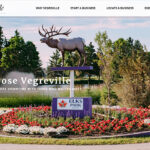
Town plans agri-food industrial park
The town of Vegreville, Alta., will use nearly $10 million to be obtained through three levels of government to build an 80-acre agri-food industrial park. A $4.9 million grant fromOttawa, $3.3 million from the Alberta government and $1.65 million from the town will fund the project. “It’s tied to the closure of the Case Processing […] Read more
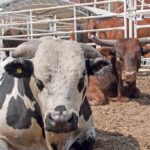
Rodeo stock contractors in trouble
Rodeo — it’s sport, it’s entertainment, it’s western culture, agriculture, heritage and recreation. That span of categories is likely the reason rodeo stock contractors don’t qualify for existing funds and programs designed to ease businesses through the economic throes of COVID-19. Many are facing severe financial hardship. Pandemic restrictions coincided with what would have been […] Read more

Animal transport called shared responsibility
CFIA says regulations apply to those who plan transport and assemble, catch, load, unload, move and confine livestock
Shared responsibility is a key phrase when it comes to humane livestock transport. New federal regulations came into effect in February with a two-year grace period on enforcement of some portions to allow the industry to adjust. Everybody involved directly or indirectly in shipping livestock shares responsibility for safe and humane movement and handling, says […] Read more




